Evolution of mankind :: A fantastic tour in Science City #Episode-04
Shipbuilding and Navigation in ancient India
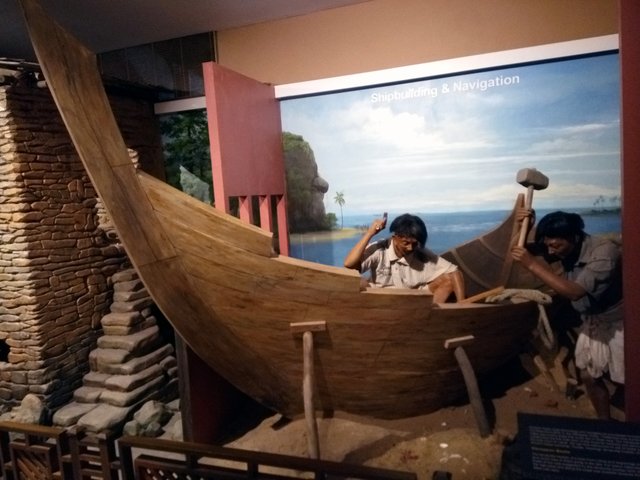
Ancient Indian boat technology and navigational knowledge flourished from 3rd Millennium BCE to the Harappan times. Traditional boat builders could make sea-worthy ships that could sail to West Asia. The Harappans constructed the first tidal dock of the world for berthing and servicing ships at the post town of Lothal (2400 BCE). We can find references of use of boats and ships in ancient Indian paintings, murals, drawings, terracotta models, sculptures etc.
Harappan Boats

Terracotta tablet depicting a Harappan river boat
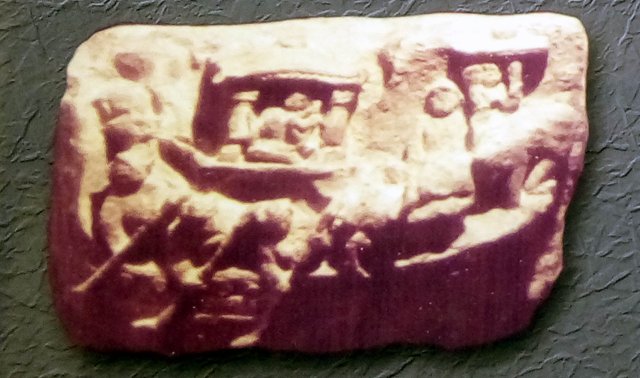
Maritime Activities in a stone pillar in Bodh Gaya, 2nd century BCE
The terracotta models of a boat from Lothal and engravings on Indus seals give some idea of ships going to the sea. For inland waterways, flat-bottom boats of the type suggested by the terracotta models were used. Trade on the high seas and along the coast was possible because the ships were fitted with sails.
Boat Building Technology
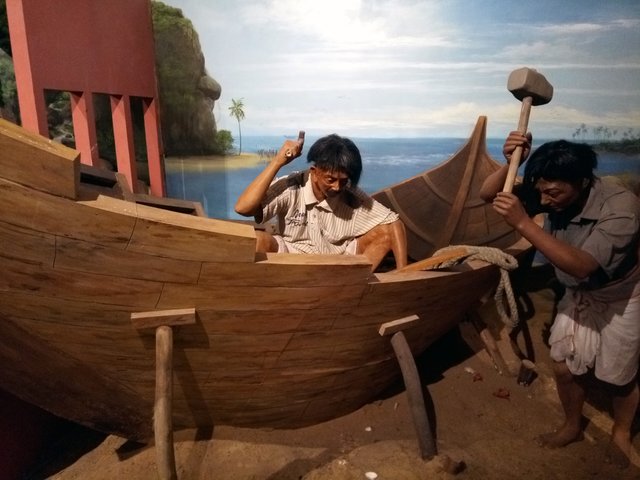
A Dockyard In Ancient India - Two Carpenters Are Working To Build A Fishing Boat
The traditional construction of a boat starts with the laying of a keel followed by the stem post (rearmost part of a ship or, boat). Other parts of the traditional ships include the rudder, the mast and sail. All these parts of the ship are carefully crafted to make the ship sea-worthy. Traditional method of building boats and ships, used either for transport or fishing, are followed even today in various places all across Indian especially on the coastal areas.
The Lothal Dockyard
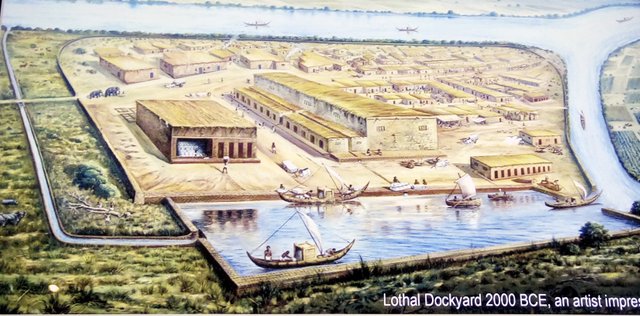
Lothal Dockyard (2000 BCE)
The discovery of the Lothal port and dock in 1955 highlighted the maritime activity of the Indus Civilization. At Lothal, a trapezoidal shaped reservoir measuring 214 m x 36 m has been excavated, and which has been identified as a dockyard. The structure was connected to the old river bed of Sabarmati. At least two ships could simultaneously pass and enter easily. Lothal was the main port city of Indus Valley Civilization, from where ships used to sail to Mesopotamia and other places in the West Asia.
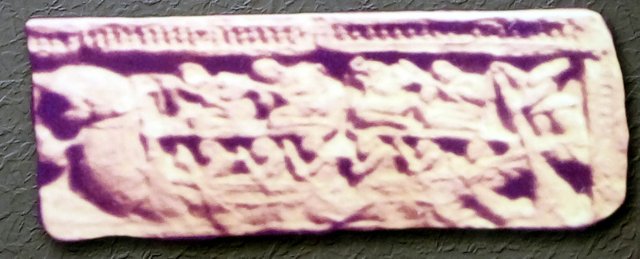
Sea faring capabilities in 11th century BCE
Indian sea going vessels & celebrated European ships - a comparison
Indian sea-going vessels in 11th century CE were much larger in size than Santa Maria (1942) of Columbus or, Sao Gabriel (1947) of Vasco Da Gama.
Yukti Kalpataru, a manuscript of 11th century CE, gives dimensions and types of Indian sea-going vessels which are shown here in comparison with two celebrated European ships of late 15th century.
Length of Ancient Indian Ships of 11th century
=> Begini 88 m
=> Dharini 80 m
=> Plabini 72 m
=> Janghala 64 m
=> Tari 56 m
=> Gamini 48 m
Length of Ancient European Ships of late 15th century
=> Santa Maria 24 m
=> Sao Gabriel 32 m
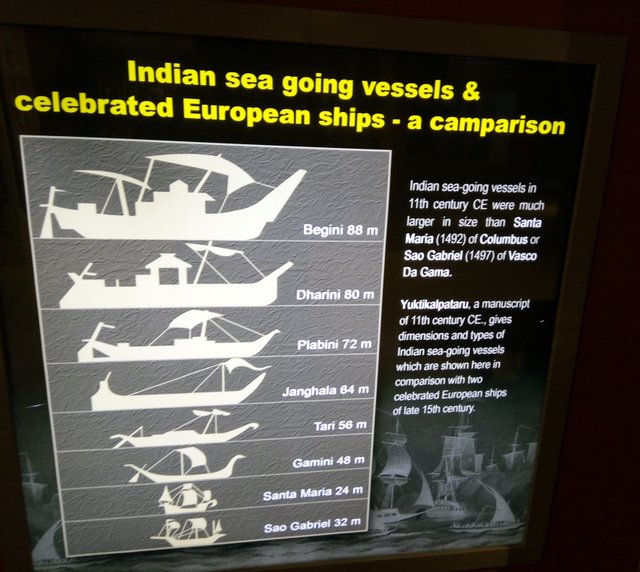
All source of info : Information Centre of Science City, Kolkata, India
References:
https://www.revolvy.com/main/index.php?s=Indian+maritime+history
https://archive.org/stream/marinearchaeolog00raos/marinearchaeolog00raos_djvu.txt
[To Be Continued...]
Episode #01, Episode #02, Episode #03
follow me on steemit  AND resteem it
AND resteem it 


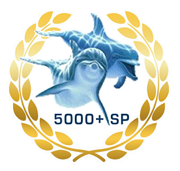



>>Thanks to @elyaque for designing my badges :)<<
MY STATS
REPUTATION SCORE : 71.57 | TOTAL FOLLOWERS : 2869
TOTAL BLOG POSTS : 1621 | TOTAL LIKES : 89042
TOTAL EARNINGS : $29595.86 SBD
Buy photos from My Shutterstock Portfolio


@royalmacro science city is looking very much beautiful.
This is well done…nice shot!
You really have a talent capturing these amazing photos.
Well Done Again!